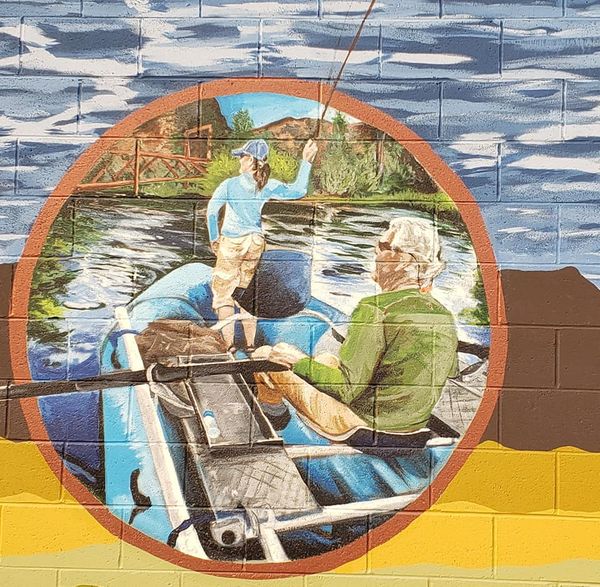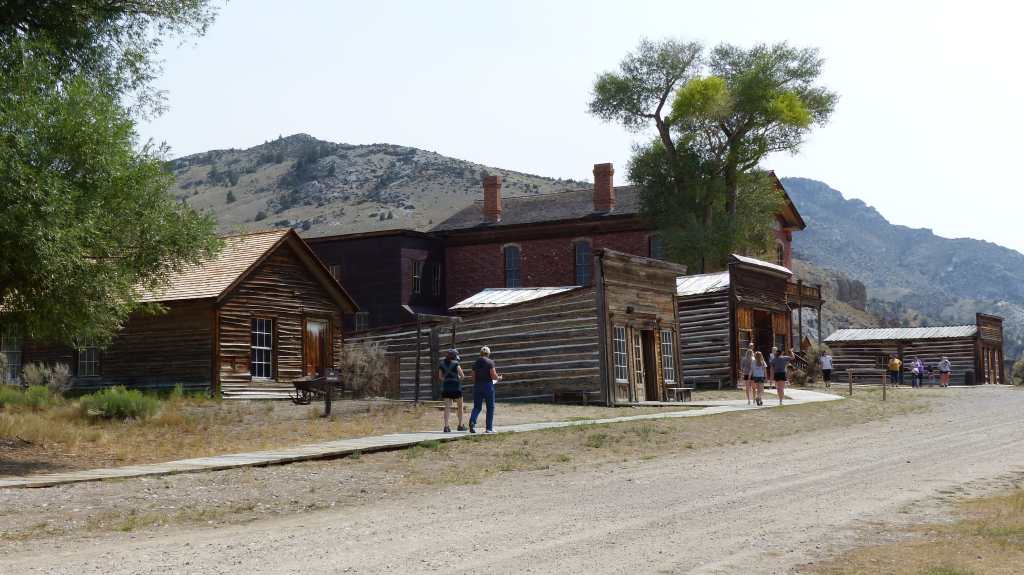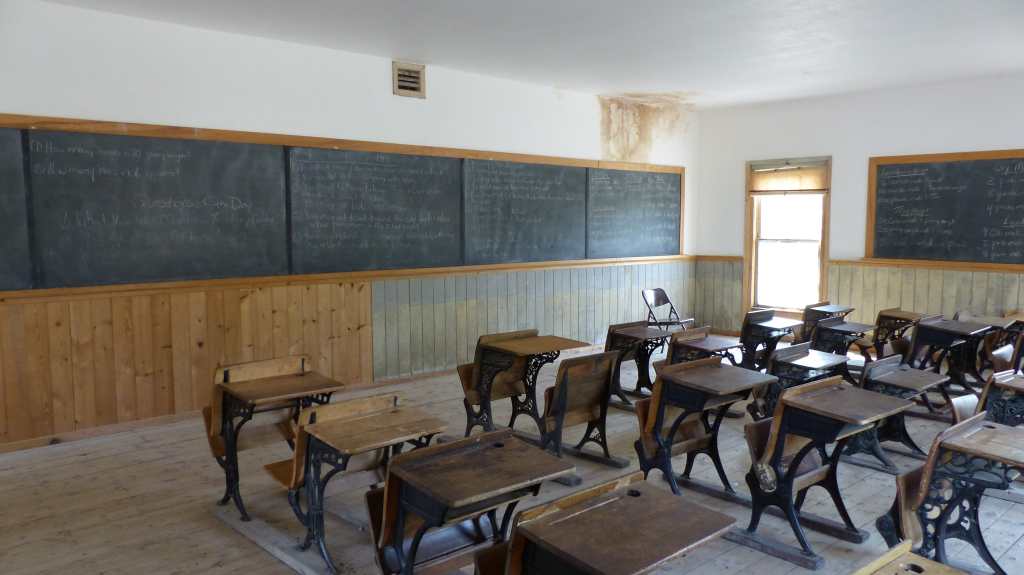
Friday, August 6, 2021


Beaverhead Valley
Dillon (4100 souls) is the seat of Beaverhead County, Montana. The city was named for Sydney Dillon (1822- 1892), president of the Union Pacific Railroad. Dillon was founded in the Beaverhead Valley as a railroad town in 1880.. The town’s location was selected by the railroad because of its proximity to the gold mines in the area.

The first ore discovered in the Dillon area was silver. Gold was first discovered at Grasshopper Creek (Lewis and Clark first named the creek Willard’s Creek in honor of Alexander Willard, member of the Expedition) in 1862, precipitating a flood of immigration to the area. The last real gold rush in the area occurred near Argenta in 1920 and lasted for 30 years. In 1881, Dillon became part of a controversial battle with Bannack to become the seat of Beaverhead County.


Downtown Dillon
While many of the gold mining towns around Dillon died, Dillon was able to thrive due to the railroad and talc mining in the area. A cattle industry was established in 1865. The agriculturally rich Beaverhead Valley became an ideal location for sheep ranching, introduced in 1869. Dillon was once the largest exporter of sheep wool in Montana.

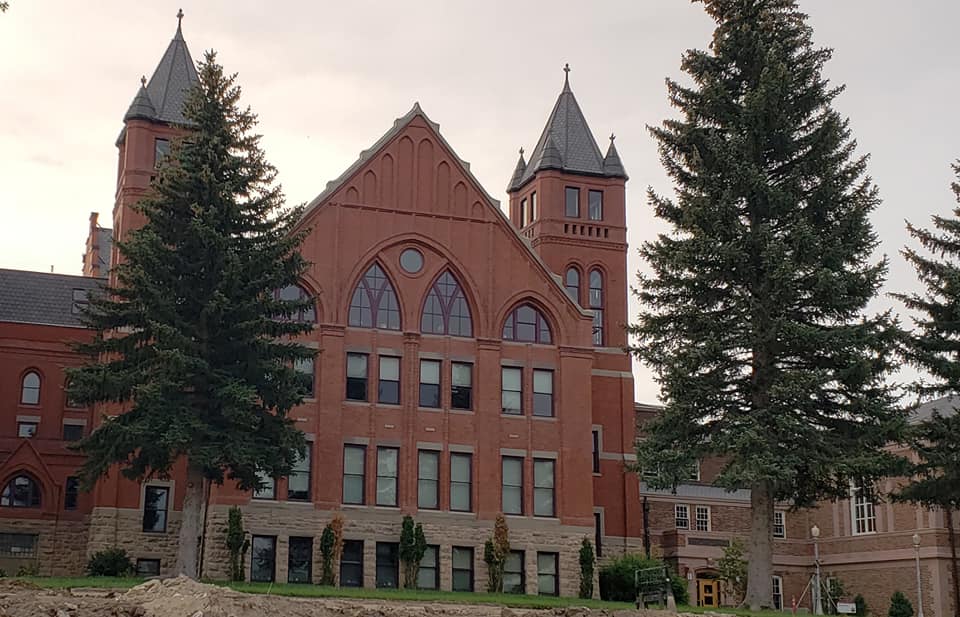
Montana Normal College was established as a teaching college in 1892. I believe today the name of the school is the University of Montana- Western. Trivia: A circus elephant named Old Pitt was struck by lightning in 1943 and is buried at the Dillon Fairgrounds; Captain Joel Rude of the Montana National Guard crashed his F-106 into a grain elevator and died during a Labor Day Parade on September 3, 1979.



After lunch with adventure coursing though our veins (as much as it can be for 70+ year olds), we head the 20 miles to Bannack State Park. It’s a nice drive that begins on the Beaverhead Valley floor and ends in the mountains to the west.

Bannack was founded in 1862 when John White discovered gold in Grasshopper Creek. The town was named after the Bannock Indians. As with many things government the name’s spelling somehow got screwed up in trnasit to Washington, thus the spelling- Bannack. As news of the gold strike spread many prospectors and businessmen rushed to Bannack hoping to strike it rich. In 1864, Bannack was named as the first Territorial Capital of Montana. Remaining in Bannack for only a short time, the Capital moved on to Virginia City. In 1863 gold had been discovered near Virginia City and at that time many prospectors left Bannack in hopes of finding the mother lode in Virginia City. However, some people stayed in Bannack and further explored utilizing more modern mining techniques. The last residents continued to live here until the late 1970’s when the state acquired the last private holdings.
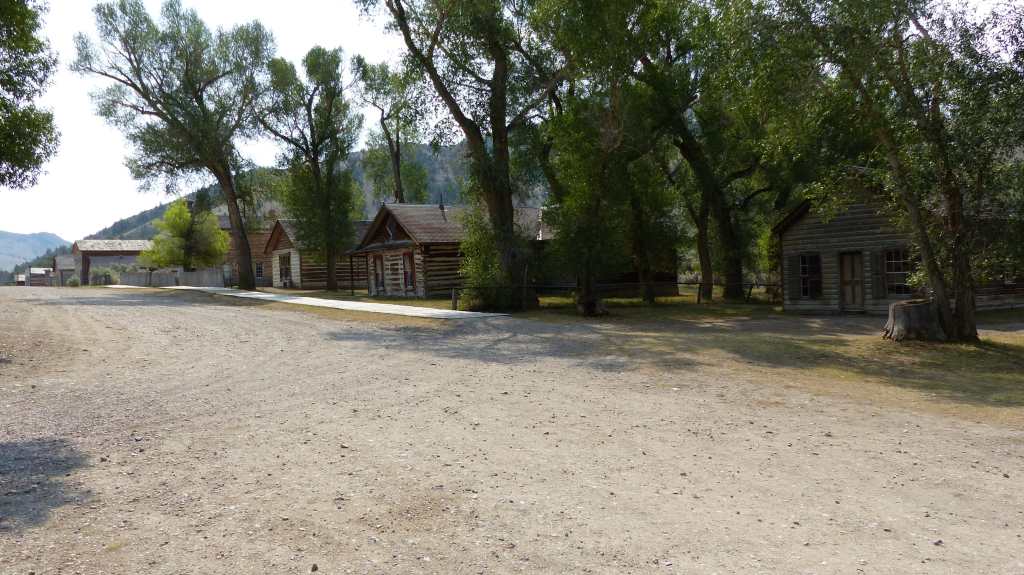
From the late 1860’s to the 1930’s, Bannack continued as a mining town with a fluctuating population. By the 1950’s gold workings had dwindled and most folks had moved on. At that point the State of Montana declared Bannack a State Park. Today, over sixty structures remain standing, most of which can be explored. People from all over visit this renowned ghost town.

As one can imagine, during the early days of Bannack men suffered from the lack of female companionship. Some of the first women to arrive were “ladies of negotiable virtue” and they were eager to “mine the miners”. Some women were eager to find a husband, some were forced physically or by circumstance, but most came for the money and adventure. Most women, although business oriented, were like the miners and barely got by.
Masonic Lodge/School House on First Floor
Not all women were prostitutes. Some were cooks, possibly a laundress, school teachers but some wanted something more exciting and profitable. Hurdy Gurdy girls were entertainers. They danced for men for as much as a dollar a dance. An attractive dancer could earn a living and there was great demand for their service. The Hurdy Gurdy was an old instrument that was played by turning a crank. Even though the Hurdy Gurdy girls were not always prostitutes, the more respectable women in town avoided them.

The town also had a more respectable social life. There were fine balls, traveling theater troops and circuses occassionally came to town. It even had a bowling alley. Spelling bees, fishing, and horseback rides broke up the monotony of everyday life. The town even had a baseball team. Ice skating on Grasshopper Creek was popular in the winter.
Methodist Church- Notice the padded seats in the first two rows
The Methodist Church was built in 1877. Circuit riders or traveling ministers were the norm for isolated communities. A minister fondly remembered as Brother Bob arrived on a Sunday in 1872 and found all the gambling houses and saloons open. Stepping up to one of the bars he announced that he was a minister. The bartender whistled the crowd to quietness and announced the bar was closed for an hour. Brother Van had his chance and in his marvelous voice sang a popular song of the day, “A Diamond in the Ruff”. The crowd, hungry for entertainment, asked for more. He continued and the crowd got a good hours worth of religion.

Placer gold was first discovered by John White in 1862. Ditches were dug to bring more water, the longest ditch carried water 30 miles. High pressure streams were used to wash away overburden where bench deposits of gold laden earth was washed into sluices. This period lasted for 30 years. In 1895 a fella by the name of Graves brought in an electric operated gold dredge., the first in the Western Hemisphere. The dredge was so successful 4 more were constructed along Grasshopper Creek. These four were wood fired steam powered dredges. Dredging lasted 7 years.

Hard rock mining came in at the turn of the 20th century. Electric powered tools- drills, ventilation, electric lights along with dynamite led to successful hard rock mining. Quartz veins loaded with gold were mined, crushed with stamp mills, where the rock dust was treated with cyanide to extract the gold.

As one can imagine, all was not peaches and cream in Bannack. Sheriff Henry Plummer, a man with a shady past, ordered gallows to be erected to hang a convicted killer. Red Yeager, a man captured by a posse and eventually hanged gave information concerning Sheriff Plummer. The man said that Sheriff Plumber was the leader of a 25 member criminal gang named the “Innocents”. The gang allegedly committed countless robberies and 102 murders in eight months although the evidence is slim. A meeting was held in Virginia City and the vigilante group’s decision was to capture and hang the sheriff and his two deputies. They captured all without firing a shot. The three men were marched up to the gallows and hung on January 10, 1864. Plummer, pleading his innocence, begged the Vigilantes to “Please give me a good drop”. Over the next 42 days the Vigilantes captured and executed 20 of the Innocents and banished or silenced the remainder.
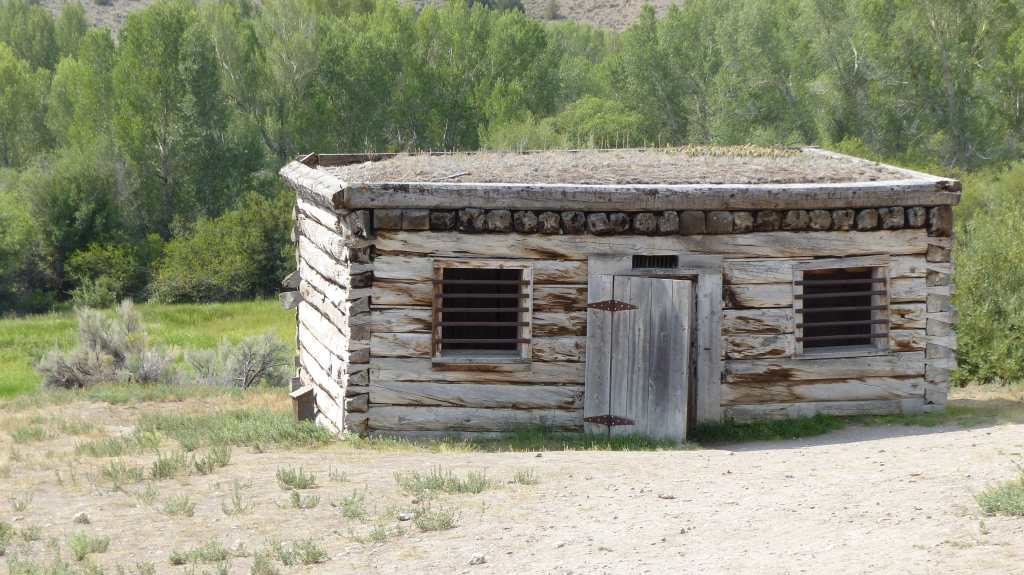
Another act of vigilante action turned into mob violence. A fella named Joe refused to answer questions asked by Vigilantes and hole up in his house. A couple of fellas volunteered to bring him out. Well, old Joe shot them. The mob borrowed a cannon from Chief Justice Edgerton and shelled the cabin. Joe was injured, dragged out of his cabin, shot over 100 times and when the cabin was set ablaze his body was thrown into the flames.
Finally a quote from a miner written in 1864: “Some miners have already washed the dirt. From the claim that Mr. Edgerton “shook” that part last fall, the men washed fifteen hundred dollars in one day, a thousand dollars another day, and six hundred dollars another day but that is all the good money will do them, for as soon as they get any, they gamble and drink it up.”
And so goes the life of the miners and townsfolk of the early gold mining town of Bannack.


